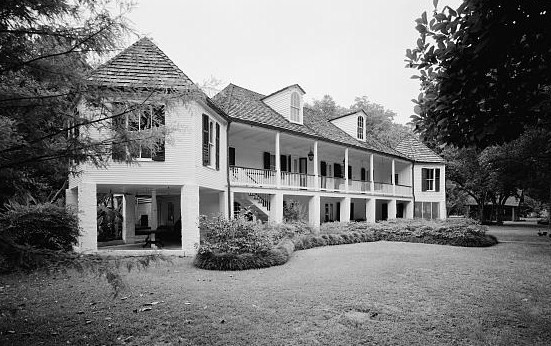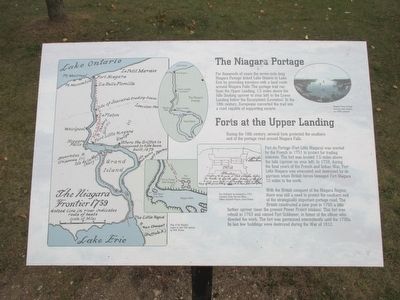Welcome to Melrose Plantation, a remarkable site that embodies a complex tapestry of history and culture in the lush landscape of north central Louisiana. Originally established in 1796, Melrose Plantation, also known as Yucca Plantation, was founded by Louis Metoyer, a free person of color and the son of Marie Thérèse Coincoin, a former enslaved woman who rose to become a prominent businesswoman in the region. This unique plantation is noteworthy as one of the largest built by and for free people of color, showcasing their resilience and influence in a time of deep-seated racial division.
The story of Melrose Plantation is deeply intertwined with the narrative of the Cane River Creole community, a vibrant society of free people of color who thrived in this area. The Metoyer family, who owned the plantation until 1847, played a crucial role in this community. As you explore the grounds, you’ll discover historical structures like the Big House, Yucca House, and the enigmatic Africa House, whose design reflects both African and French influences.
One of the most fascinating aspects of Melrose Plantation is its connection to the celebrated folk artist Clementine Hunter. Born in 1886, Hunter worked on the plantation as a field hand and later as a cook. It was here that she discovered discarded paints and began to chronicle plantation life through her vivid artwork. Her murals in the Africa House offer a vibrant depiction of early 20th-century life, capturing everything from cotton picking to Saturday night dances.
Throughout its history, Melrose Plantation has been a hub for creativity and cultural exchange. During the 20th century, under the ownership of Cammie Henry, it became an artists’ retreat, attracting writers and artists who sought inspiration from its rich history and serene environment.
Today, Melrose Plantation stands as a National Historic Landmark, part of the Louisiana African American Heritage Trail. It serves as a testament to the diverse cultural narratives that define the American South, offering visitors a glimpse into a past where different cultures, races, and socio-economic backgrounds converged and thrived.



